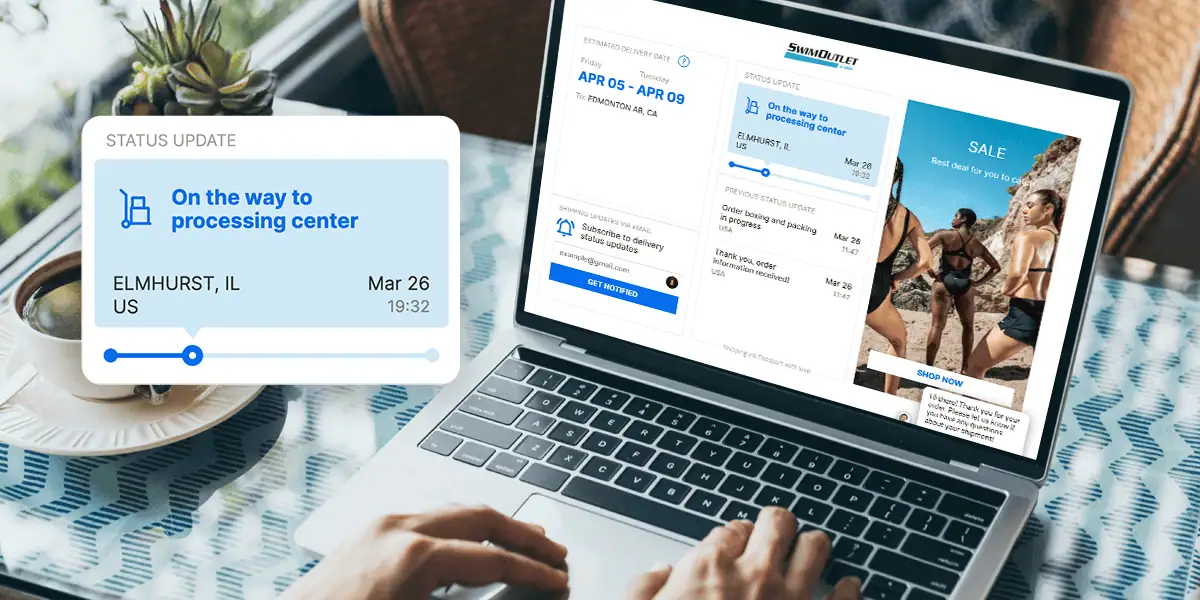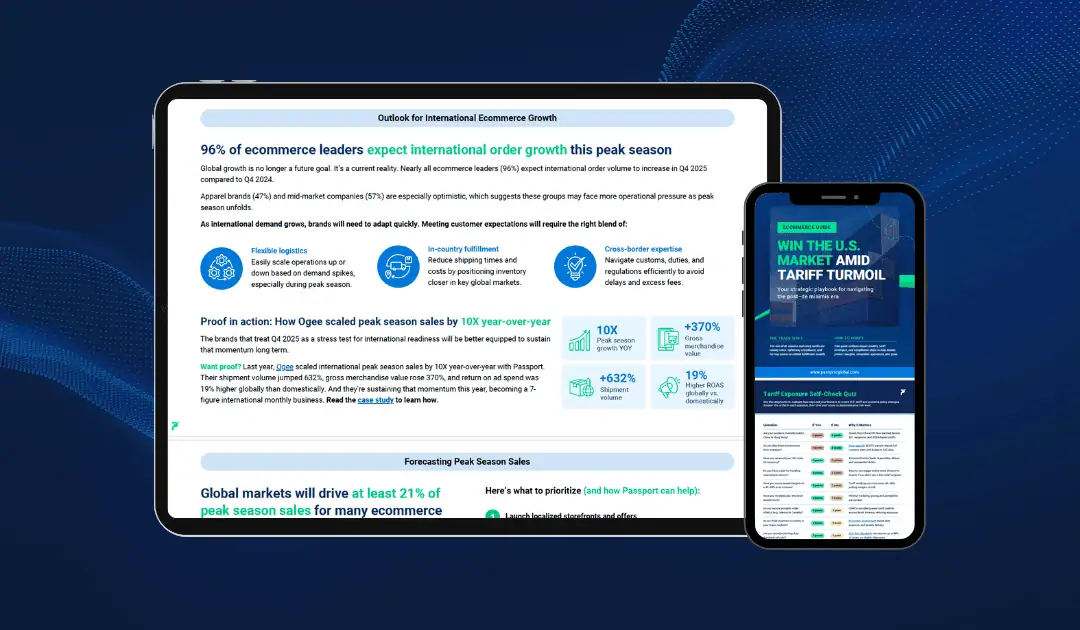If you’re running a fast-growing DTC brand on Shopify, odds are you’ve already started to attract international customers—or you’re thinking about how to.
But once orders start rolling in from Canada, the UK, or Australia, the same question always follows:
“What’s the best way to price shipping for international customers?”
It’s a deceptively simple question. And one that, if answered strategically, can turn global shipping from a margin killer into a conversion engine.
In this post, we’ll break down the three most effective shipping strategies we see successful brands use on Shopify and Shopify Plus, share insights from real brands like Ogee and Carpe, and help you choose the right approach based on your market, margins, and goals.
Why Your International Shipping Strategy Matters More Than You Think
Shipping isn’t just a cost center. It’s one of the most influential factors in your conversion rate, customer satisfaction, and repeat purchase rate—especially when selling across borders.
Today’s international customers expect:
- Transparent, upfront costs (including duties and taxes)
- Shipping timelines they can trust
- No surprise fees on delivery
Get those things right, and you’ll turn more browsers into buyers. Get them wrong, and even the best marketing won’t save the sale.
Strategy 1: Flat-Rate Shipping by Region
Flat-rate shipping is one of the simplest—and most scalable—ways to serve international customers.
What it is:
You charge a consistent shipping fee per country or region, regardless of the customer’s cart size or shipping method.
Example Setup:
- Canada: $9.95
- UK: $12.95
- EU: $14.95
- Asia-Pacific: $17.95
Pros:
- Predictable cost structure for both you and your customers
- Easy to communicate in-cart or on product pages
- Reduces cart abandonment due to unclear shipping costs
Cons:
- May eat into margins on low-AOV orders
- Doesn’t incentivize larger cart sizes unless combined with a threshold
Pro Tip: Flat-rate shipping works best when paired with DDP (Delivered Duty Paid) to avoid surprise fees and failed deliveries.
Strategy 2: Free Shipping Thresholds
Offering free shipping once a certain spend threshold is reached is a tried-and-true way to boost AOV while reducing cart abandonment.
How it works:
You set a region-specific minimum (e.g., €100 in the EU), above which the customer qualifies for free shipping.
Pros:
- Increases AOV by incentivizing higher spend
- Creates a “just one more item” mindset
- Works across most product verticals
Cons:
- Can be margin-draining if thresholds are too low
- Requires thoughtful setup per region to remain profitable
Real Example: Ogee
During an 11-week Passport-led shipping test, luxury skincare brand Ogee implemented a free shipping threshold strategy for international shoppers.
📈 The results:
- +124% increase in international sales
- +147% increase in international orders
- All with no drop in contribution margin
Lift required from the Ogee team? About one hour of communication. Passport handled the rest.
Strategy 3: Duty-Inclusive (DDP) Shipping
This is arguably the most powerful conversion driver for international customers—especially in markets with strict customs or high VAT, like the UK and EU.
What it is:
Instead of asking the customer to pay duties and taxes upon delivery, you collect those fees at checkout and remit them on their behalf.
Pros:
- Removes surprise costs
- Reduces cart abandonment
- Prevents customs delays and failed deliveries
- Boosts repeat purchase trust
Cons:
- Requires tax registration and compliance in each market
- Often overlooked by smaller brands (but shouldn’t be)
How Passport Helps:
With Passport’s Seller of Record® model, you don’t need to register or manage VAT/GST across multiple countries. We handle tax collection, compliance, and delivery—all while giving your customer a seamless, duty-inclusive checkout experience.
So… Which Strategy Is Best?
It depends on your brand. But here’s a breakdown to help guide your decision:
Final Takeaway: International Shipping = Growth Lever, Not a Headache
The best international shipping strategy is the one that balances conversion, margin, and customer trust—and evolves as your brand grows.
At Passport, we help DTC brands like Ridge, Dolls Kill, Ogee, and Carpe test and optimize their global shipping strategy without the operational lift.
Global growth doesn’t come from just enabling international orders. It comes from designing experiences that convert, retain, and scale.
Let’s make your shipping strategy a growth strategy.
👉 Talk to Passport










